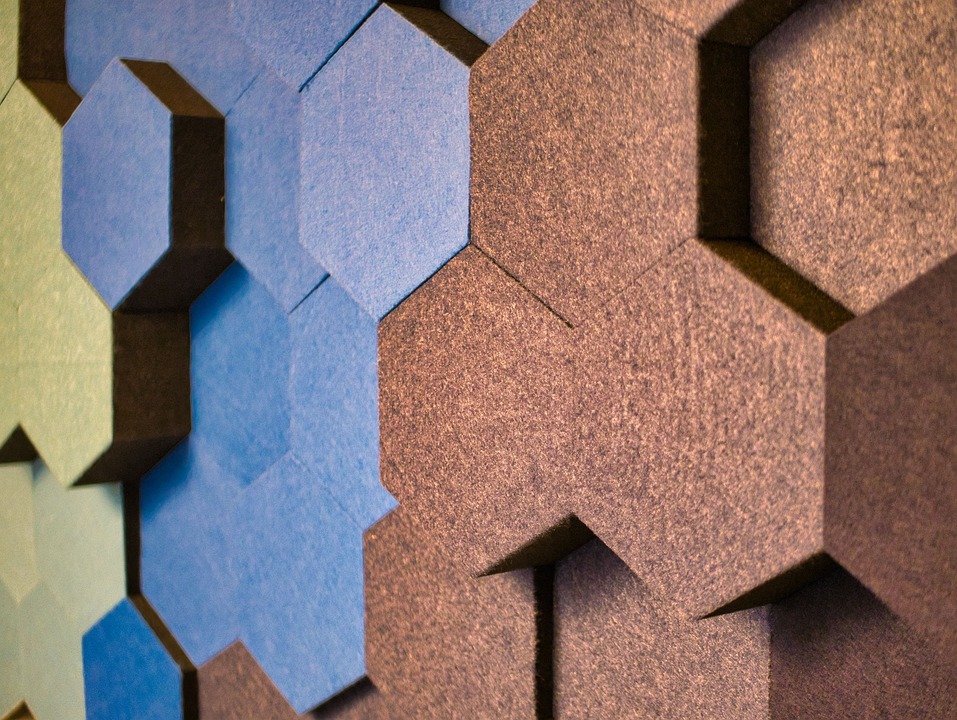If you are planning a construction job in which noise control is critical, you may be faced with the option between using several standard drywall layers and purchasing expensive sound-dampening drywall.
Does such drywall work and is it really worth its cost? Here’s the short answer: yes.
However, the question of value for the money depends upon your construction requirements, noise control needs, overall budget, labor costs, and the existing conditions of the site. Installing a partition two times is costlier than doing it correctly the first time.
Is it worth the cost?
All in all, the value produced by using soundproof drywall, which you can find from Hush Soundproofing, far outweighs the expense, yet it depends upon design requirements, project scope, labor costs, and timeline.
In fairly simplistic assemblies that have moderate requirements for noise control, using a double-drywall, a simple specification may be more cost-effective than the use of soundproof drywall.
However, once requirements for noise control exceed STC 55, specifying this type of drywall may lead to reduced costs of labor than installing several drywall sheets on each part of the wall.
Also, soundproof drywall may increase floor space, because the depth of the wall design may be thinner. In mid-to-larger-sized projects with several partitions into small rooms or offices, using sound-dampening drywall will boost usable floor space because every wall may be fairly thin, as compared with standard designs of noise control that have several layers of drywall on each side.
How soundproof drywall works
There are many grades and types of soundproofing drywall which use patented and innovative ways to dampen sound. Without having to go into a complete backgrounder on noise control, it is useful to understand the physics of sound to recognize how sound-dampening drywall operates.
Though invisible, sound waves contain energy that transmits not just through the air, yet also through the majority of kinds of liquid and solid materials. Sound waves inside one room may vibrate a wall enough to cause the wall to produce new sound waves within a nearby room.
The majority of residential and commercial demising ceilings, walls, or floor structures hold back a bit of sound energy, yet a lot of it is transmitted into a nearby room or outside area fairly easily. Only a very massive wall can reflect the energy from powerful sound waves to make them inaudible inside a nearby space. Imagine a bunker designed with 3’ of solid concrete, 500-pound doors, and buried underground and you’ll get an idea of what it’d take to make a chainsaw’s sound inaudible.
Soundproof drywall will work by taking a different approach: dampening sound waves by converting them to a different form of energy: thermal energy, or plainly put, heat. Depending upon the manufacturer, noise control gypsum boards utilize patented technology designed of a proprietary polymer that is sandwiched between two or more gypsum layers. When vibrated by sound waves, polymers move, and cause friction with these same sound waves and convert that energy to heat.
When correctly installed, the noise control gypsum board design causes sufficient friction to convert acoustic energy which hits it into thermal energy, rather than causing the entire wall to reverberate then transmit sound waves to another room.

